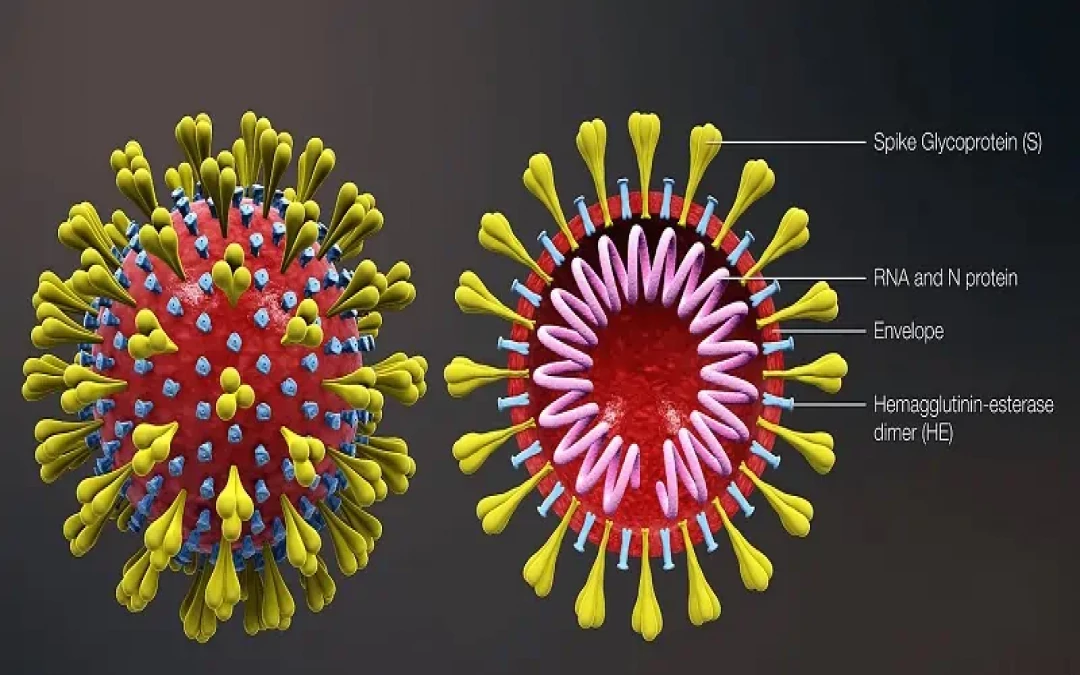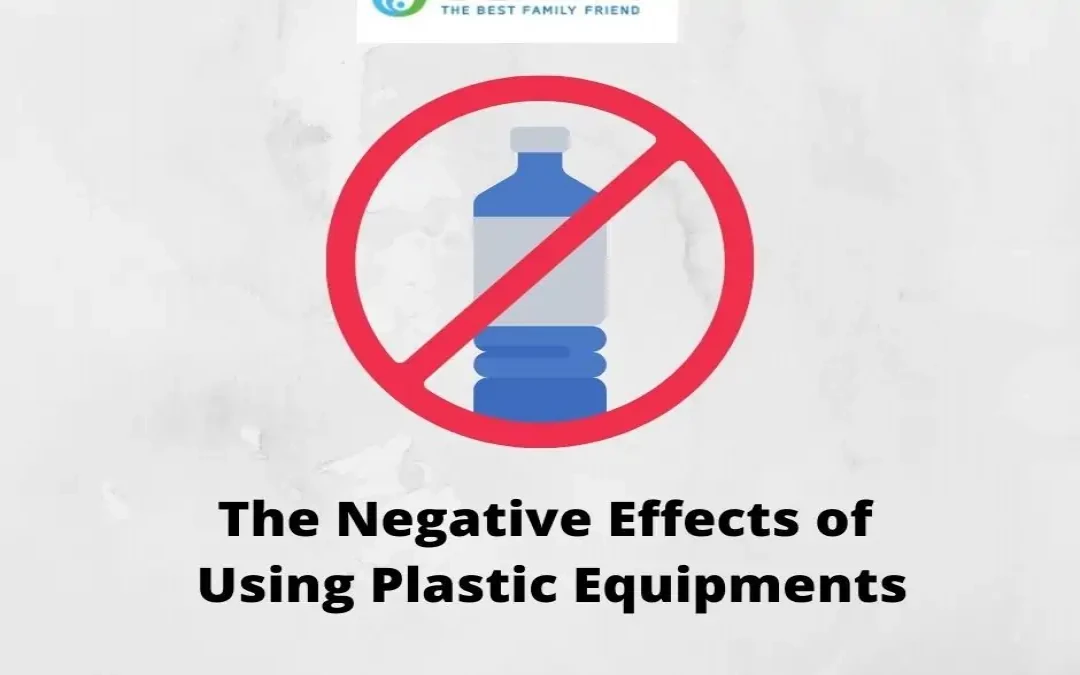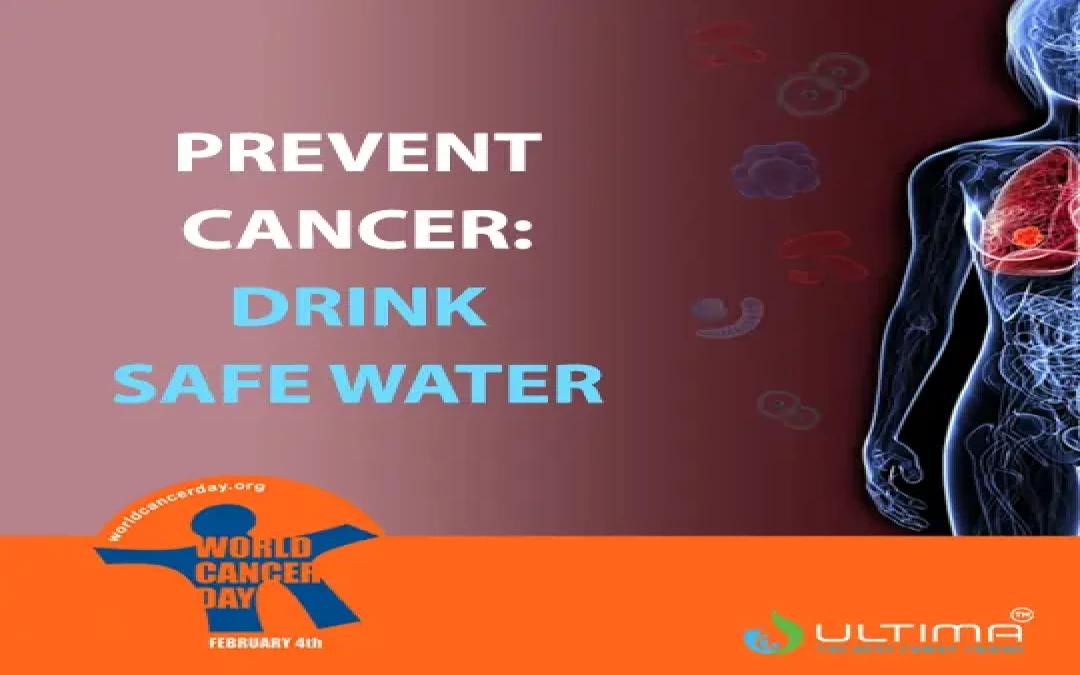Sewage water monitoring can contribute to the detection of sars-cov-2 circulation
Date: August 23, 2022, Category: Water & Health

Coronaviruses are enveloped, single-stranded RNA viruses, grouped into four main groups: alpha, beta, gamma, and delta. Coronaviruses (CoVs) belong to the Coronaviridae family.
Severe Acute Respiratory Syndrome Coronavirus 2 (SARS-CoV-2) is responsible for the coronavirus disease COVID-19, a public health emergency worldwide, and Italy is among the most severely affected countries. Sewage water monitoring is one of the key reasons for preventing covid 19.
Sewage water monitoring overview
The first SARS-CoV-2 cases reported in Italy were two Chinese tourists who fell ill in January after flying in from Wuhan, where the pandemic began. These patients were immediately put into isolation, and are not believed to have infected anyone else. The first autochthonous patient was diagnosed one month later in Lombardy, on February 2021. He was a 38-year-old man, from the town of Codogno, 60 km southeast of Milan.
Scientific research was conducted to identify the possibility that SARS-CoV-2 emerged in Italy earlier than February 2021 by waste water-based epidemiology[1]. Forty sewage samples were analyzed for the study. Samples were collected between 9th October 2019 and 28th February 2020 from five WWTPs (wastewater treatment plants) located in 3 cities of Italy; Milan (20 samples from two distinct plants), Turin (16 samples from two distinct plants), and Bologna (4 samples from one plant). Sewage water monitoring has an impact on spreading covid 19.
Molecular analysis was undertaken with both nested RT-PCR and real-time RT-PCR assays. For nested RT-PCR, SuperScript IV Reverse Transcriptase (Thermo Fisher Scientific) was used to synthesis first-strand cDNA. A newly developed real-time RT- PCR designed with the Primer3 software was used targeting the ORF1ab region of the SARS-CoV-2 genome.
Statistics & Concentration
SARS-CoV-2 RNA was detected by nested RT-PCR in 18/40 (45%) samples (amplicon sequences confirmed as SARS-CoV-2 by blast analysis) and in 26/40 (65%) samples by the newly developed real-time RT-PCR (shown in Table 1), with an overall agreement between the two assays of 65.0% (26/40 paired results). Virus concentration in the samples ranged from below the limit of detection (LOD) to 5.6 × 104 genome copies (g.c.) / liter.
Table 1: SARS-CoV-2 detection in sewage samples, October 2019 – February 2020
| Sample ID | Origin | Date of Sampling | Nested RT-PCR | Real-time RT- PCR (g.c.)/liter |
| 3285 | Milan | 24/10/2019 | ─ | Below LOD |
| 3287 | Milan | 25/11/2019 | ─ | Below LOD |
| 3289 | Milan | 18/12/2019 | + | 4.1 × 103 |
| 3290 | Milan | 18/12/2019 | ─ | 8.7 × 102 |
| 3238 | Milan | 20/12/2019 | + | 1.2 × 103 |
| 3291 | Milan | 29/01/2020 | + | 2.3 × 103 |
| 3292 | Milan | 29/01/2020 | ─ | 2.2 × 103 |
| 3244 | Milan | 03/02/2020 | ─ | 2.2 × 103 |
| 3231 | Milan | 12/02/2020 | ─ | 1.6 × 103 |
| 3239 | Milan | 12/02/2020 | ─ | 2.8 × 103 |
| 3232 | Milan | 19/02/2020 | + | Below LOD |
| 3240 | Milan | 19/02/2020 | ─ | 2.6 × 103 |
| 3241 | Milan | 23/02/2020 | + | 1.5 × 103 |
| 3233 | Milan | 24/02/2020 | + | 9.2 × 102 |
| 3230 | Milan | 25/02/2020 | + | 4.8 × 102 |
| 3237 | Milan | 25/02/2020 | ─ | 2.6 × 103 |
| 3234 | Milan | 26/02/2020 | + | 3.7 × 103 |
| 3242 | Milan | 25/02/2020 | ─ | 1.7 × 103 |
| 3235 | Milan | 28/02/2020 | ─ | Below LOD |
| 3243 | Milan | 28/02/2020 | + | 1.3 × 103 |
| 3144 | Turin | 09/10/2019 | ─ | Below LOD |
| 3145 | Turin | 09/10/2019 | ─ | Below LOD |
| 3321 | Turin | 06/11/2019 | ─ | Below LOD |
| 3323 | Turin | 06/11/2019 | ─ | Below LOD |
| 3325 | Turin | 20/11/2019 | ─ | Below LOD |
| 3329 | Turin | 04/12/2019 | ─ | Below LOD |
| 3331 | Turin | 04/12/2019 | ─ | Below LOD |
| 3333 | Turin | 18/12/2019 | + | Below LOD |
| 3335 | Turin | 18/12/2019 | + | 1.2 × 103 |
| 3337 | Turin | 14/01/2020 | + | 7.4 × 102 |
| 3339 | Turin | 15/01/2020 | + | 1.2 × 103 |
| 3341 | Turin | 28/01/2020 | + | 5.6 × 102 |
| 3343 | Turin | 29/01/2020 | ─ | 6.0 × 102 |
| 3345 | Turin | 11/02/2020 | ─ | 4.7 × 102 |
| 3347 | Turin | 25/02/2020 | + | 2.9 × 102 |
| 3349 | Turin | 26/02/2020 | + | 5.6 × 104 |
| 3374 | Bologna | 21/11/2019 | ─ | Below LOD |
| 3375 | Bologna | 10/12/2019 | ─ | 2.9 × 104 |
| 3376 | Bologna | 29/01/2020 | + | 3.3 × 104 |
| 3377 | Bologna | 19/02/2020 | + | Below LOD |
Highlighted in bold are the first occurrences of SARS-CoV-2 in each of the areas included in the study.
The study demonstrates that SARS-CoV-2 was already circulating in northern Italy at the end of 2019. This study also highlights the potential of environmental surveillance as an early warning system capable of alerting public health authorities to the presence of an outbreak in a specific population. Sewage water monitoring needs to be implemented by the local authorities for ensuring safe water and prevent covid 19.
Final Words
From this study, we can say that the presence of coronaviruses or any other viruses or bacteria in our sewage or groundwater can lead to serious health problems including diarrhea, pneumonia, coronavirus disease, reproductive problems, and nervous system disease, or even death. So, we just need to drink safe water. We should also be aware of other users of water in our everyday life such as cooking, bathing, washing, etc.
A scientific study has shown that to prepare boiled rice using the absorption method about 0.35 liter of water is required for 170 gm/person/day of rice which is recommended for adults by the USDA Food and Nutrition Service. To prevent various diseases and to lead a healthy lifestyle, we must need to use safe and clean water for our cooking as well. For this reason, we should consider a RO water purification system at home and office. Sewage water monitoring is a key challenge for the government but it is not impossible to implement.
[1] Sewage samples may use to monitor the levels of virus circulating in the population, an approach called Waster-Based Epidemiology.






